Hi Friends!
I’m posting a little late on Chapter 1 for our Reading in the Wild book study! If you haven’t started reading yet, it’s not too late to join! Catherine from The Brown Bag Teacher has organized several weeks of book study reflections and you are all welcome to link up!
My
view on reading has shifted since reading The
Book Whisperer a
couple years ago. I have always provided my students with opportunities for
independent reading, however, I’ve also done away with reading logs. In addition, I now know the
reasoning and research behind why independent, self-selected reading is so
important for our students. I also try to weave in extra reading time
throughout the day, and have discussions with my students on how to fit in precious minutes of reading into their busy schedules.
view on reading has shifted since reading The
Book Whisperer a
couple years ago. I have always provided my students with opportunities for
independent reading, however, I’ve also done away with reading logs. In addition, I now know the
reasoning and research behind why independent, self-selected reading is so
important for our students. I also try to weave in extra reading time
throughout the day, and have discussions with my students on how to fit in precious minutes of reading into their busy schedules.
Of
course, like Donalyn Miller mentions in her books, the more students read at
school, the better chance they will really get into books and be more likely to
read at home. In the beginning of the year, I provide a timeframe for my students in terms of reading at home, and we write down “Read for 20 minutes!” in our
homework planner. After we have started to build habits of wild readers, that changes to “Read voraciously!” We no longer have to put an amount of time on their reading. They know that they should be reading about 20 minutes every night, but they know that they have to work reading into their schedule… sometimes they can read more, and sometimes less. Many days they are excited to come and tell
me how voraciously they read the night before in terms of page numbers or
minutes! I love seeing my students grow as readers throughout the year and
develop habits that I hope will help them continue to be lifelong readers. I
believe that the authentic reading experiences that Donalyn shares have been
paramount to this transition for some of my students from non-readers to lifelong readers.
course, like Donalyn Miller mentions in her books, the more students read at
school, the better chance they will really get into books and be more likely to
read at home. In the beginning of the year, I provide a timeframe for my students in terms of reading at home, and we write down “Read for 20 minutes!” in our
homework planner. After we have started to build habits of wild readers, that changes to “Read voraciously!” We no longer have to put an amount of time on their reading. They know that they should be reading about 20 minutes every night, but they know that they have to work reading into their schedule… sometimes they can read more, and sometimes less. Many days they are excited to come and tell
me how voraciously they read the night before in terms of page numbers or
minutes! I love seeing my students grow as readers throughout the year and
develop habits that I hope will help them continue to be lifelong readers. I
believe that the authentic reading experiences that Donalyn shares have been
paramount to this transition for some of my students from non-readers to lifelong readers.
Status of the Class:
I
love this idea that Donalyn presented in this first chapter about “Status of the Class.” It is definitely something that I will be doing the first
couple weeks with my students when we go back to school to help them get back
in the swing of things!
love this idea that Donalyn presented in this first chapter about “Status of the Class.” It is definitely something that I will be doing the first
couple weeks with my students when we go back to school to help them get back
in the swing of things!
Every
day students fill in their Status of the Class form in their Reading andWriting Notebooks (date, title, page #, and “one-sentence, spoiler free summary
of what is happening in the book.” Then each student is called on to share his
or her status with the class. This helps students understand that they will be
held accountable for their reading. It is not something to do the entire year,
just in the first few weeks of school and after school breaks when students
might need that little extra push.
day students fill in their Status of the Class form in their Reading andWriting Notebooks (date, title, page #, and “one-sentence, spoiler free summary
of what is happening in the book.” Then each student is called on to share his
or her status with the class. This helps students understand that they will be
held accountable for their reading. It is not something to do the entire year,
just in the first few weeks of school and after school breaks when students
might need that little extra push.
Stop by again later to see how I structure my reading and language arts time in my classroom!
You can check out my other Reading in the Wild Posts here:




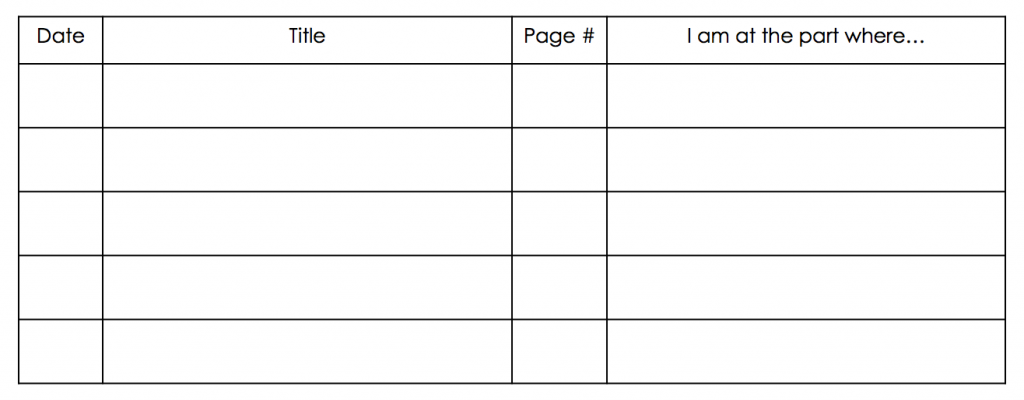
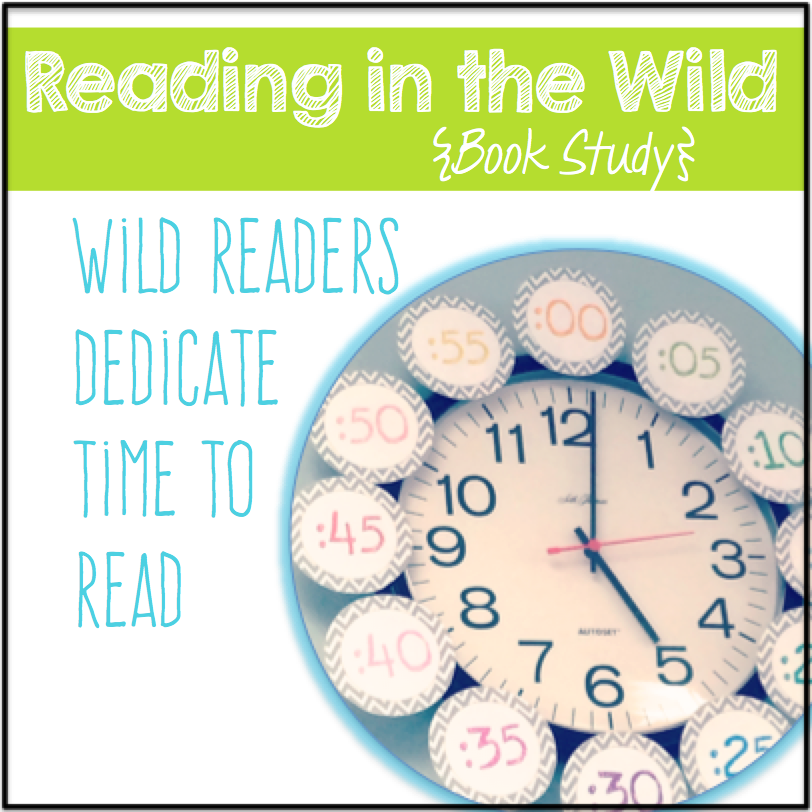

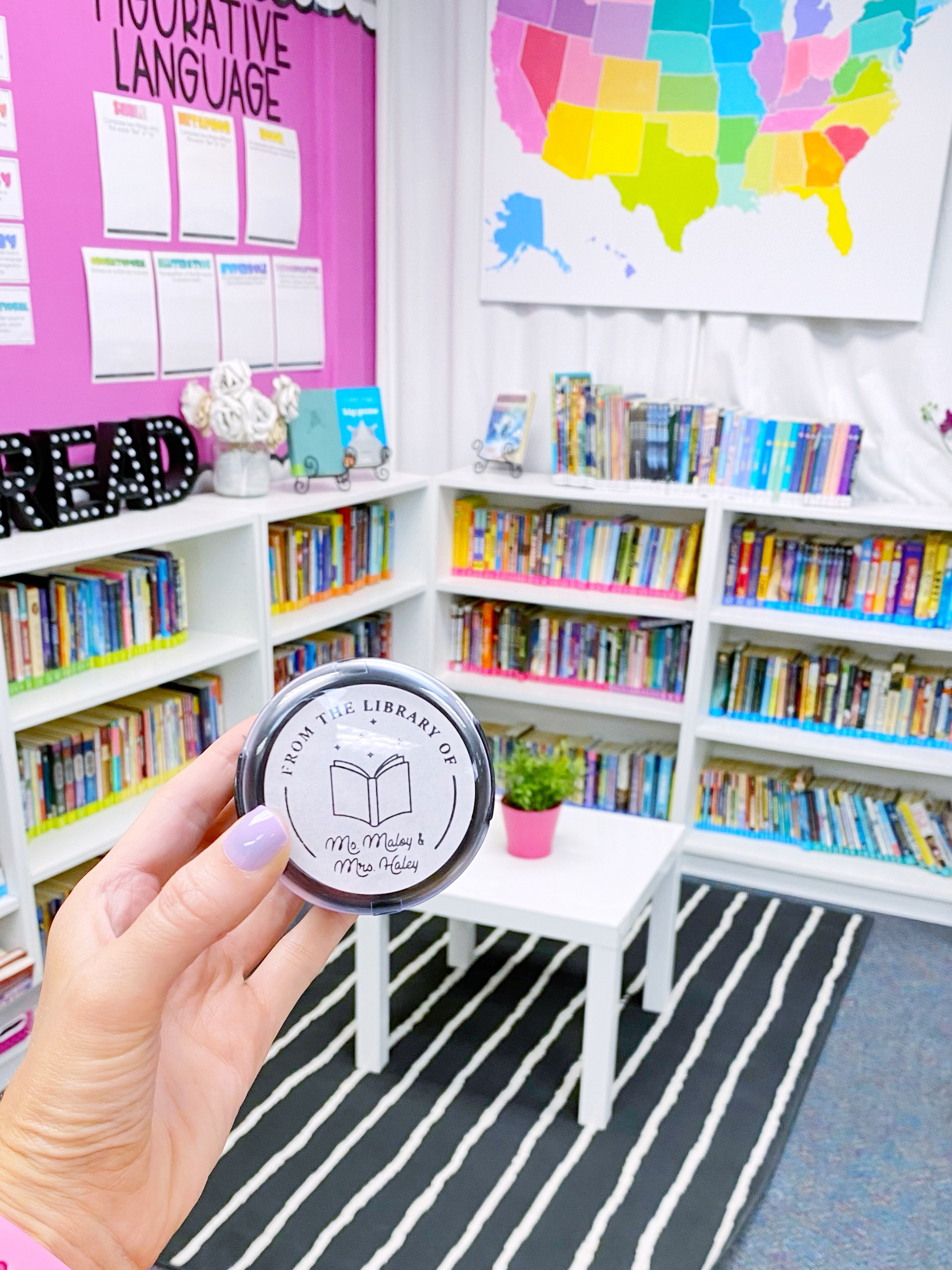
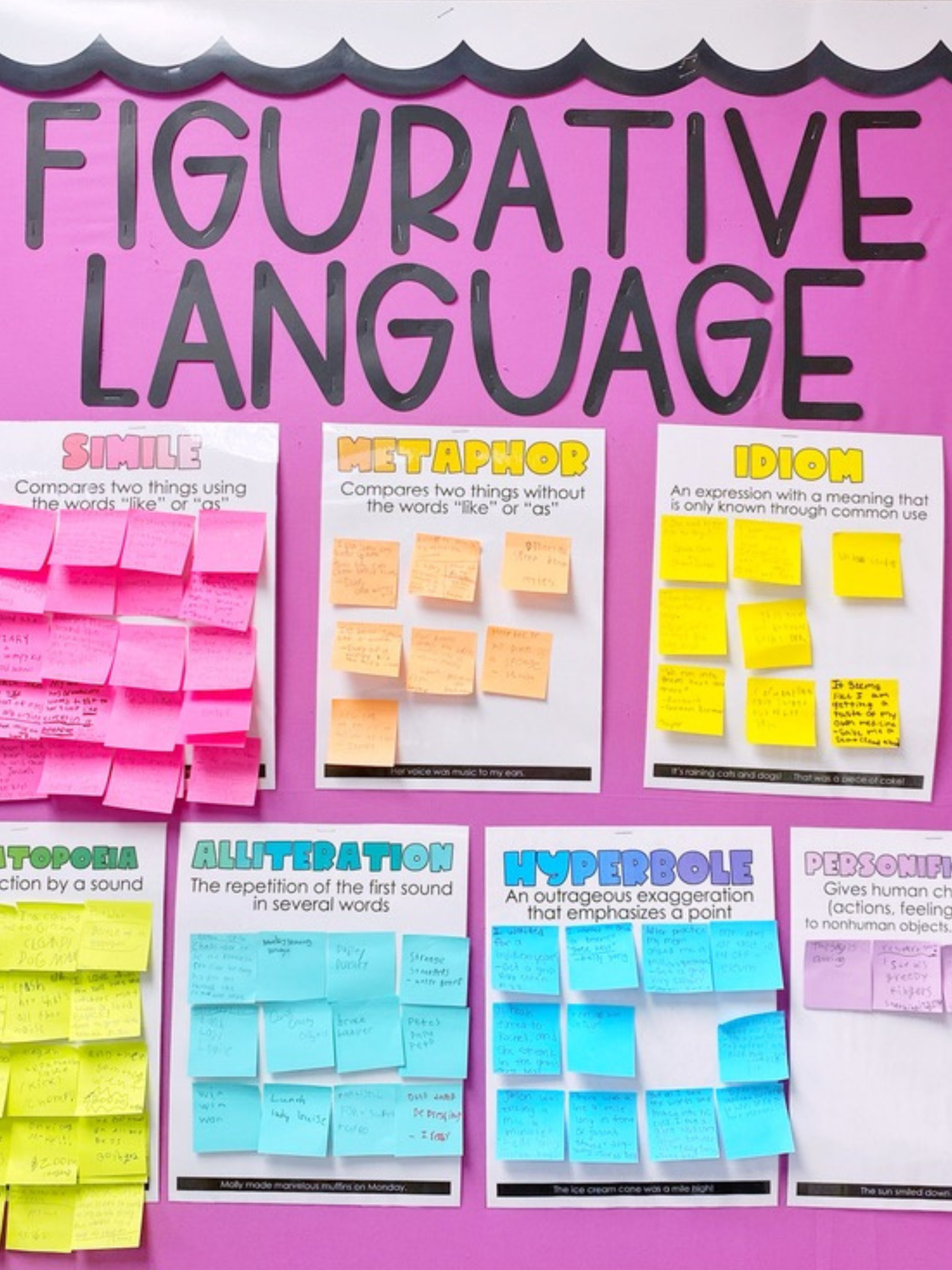
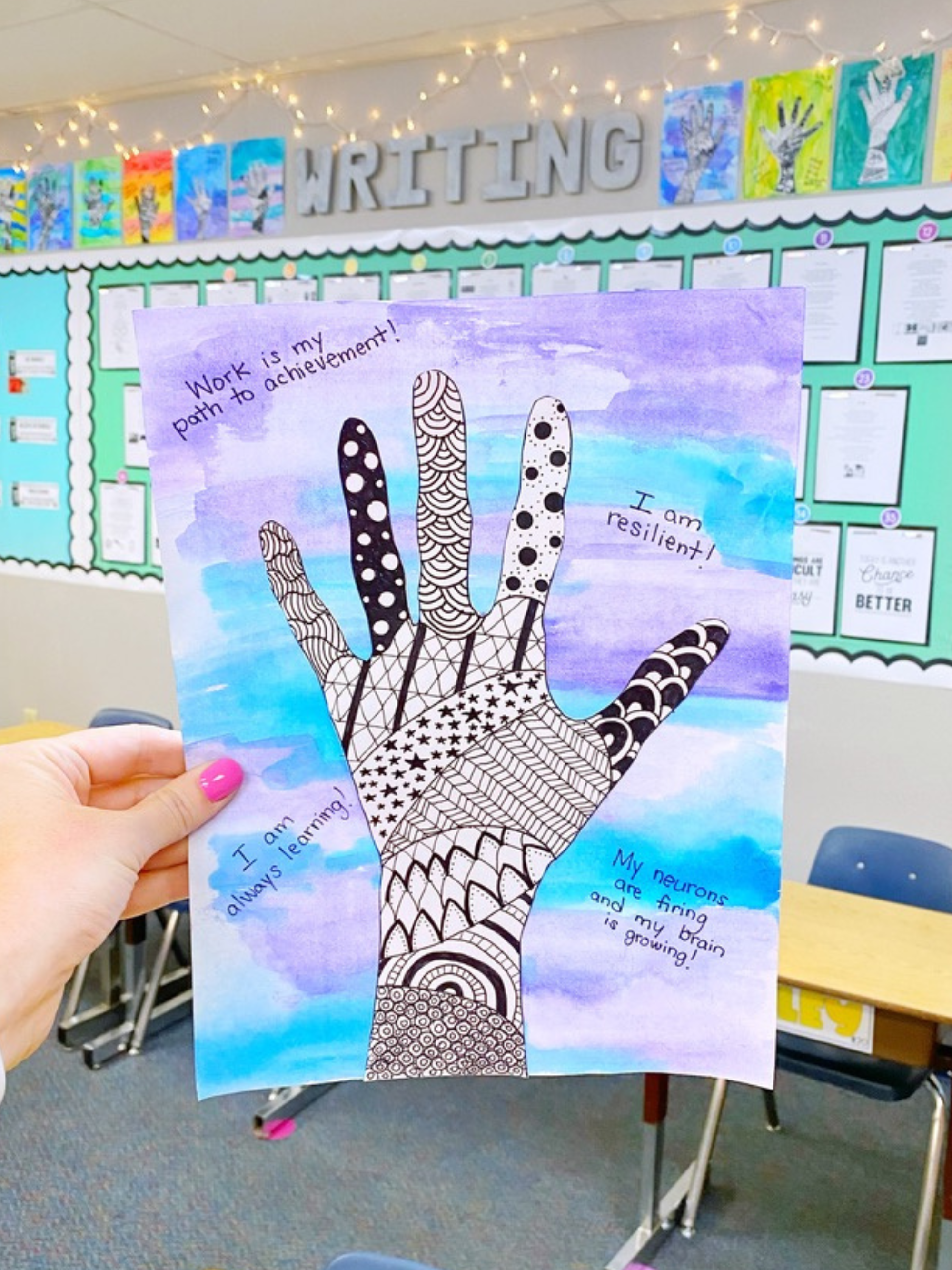
read comments